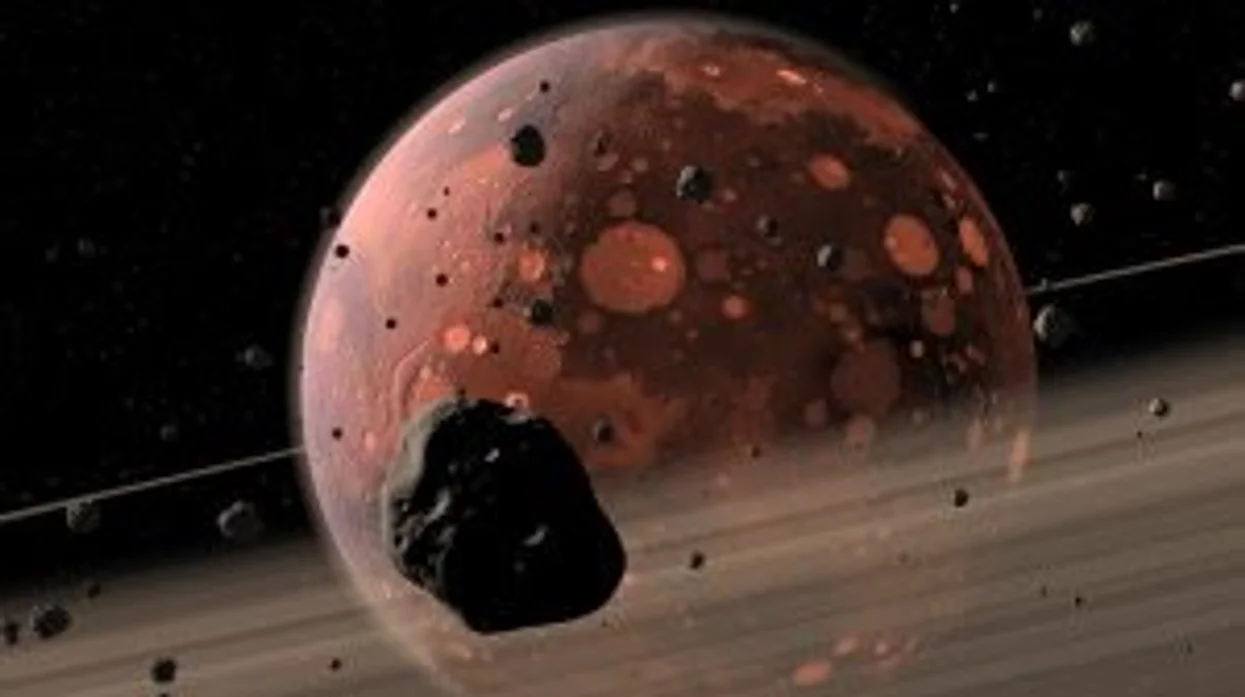Introduction
Scientists have solved the mystery of a missing chunk of the Earth’s crust. Using advanced technology like space imaging, researchers tackle complex questions, such as the “water scars” on Earth’s surface.
The Great Unconformity
One longstanding puzzle, known as “The Great Unconformity,” involved large slabs of Earth’s crust missing from the geological record. This phenomenon was first observed in 1869 at the Grand Canyon and was found in several locations worldwide, earning the name “The Great Unconformity.”
New Evidence and Findings
New evidence suggests these slabs disappeared due to severe glacial erosion during a period called “Snowball Earth,” when almost the entire planet was covered with ice. This erosion created gaps in the sedimentary record, where older rocks were eroded and replaced by younger ones.
Research Insights
Dr. Brenhin Keller from the Berkeley Geochronology Center and his team calculated that 3-5 kilometers (2-3 miles) of rock were stripped away globally due to glacial erosion. They estimate that one billion cubic kilometers (200 million cubic miles) of pre-Cambrian material is missing from geological records.
Supporting Evidence
Their theory posits that more erosion occurred before the Phanerozoic era than previously thought, supported by evidence of hafnium and oxygen isotopes in crystals from that time, indicating erosion from old rock at low temperatures.
Current Location of Missing Rocks
The missing rocks were likely washed out to sea by glaciers that eroded the sedimentary rocks.






